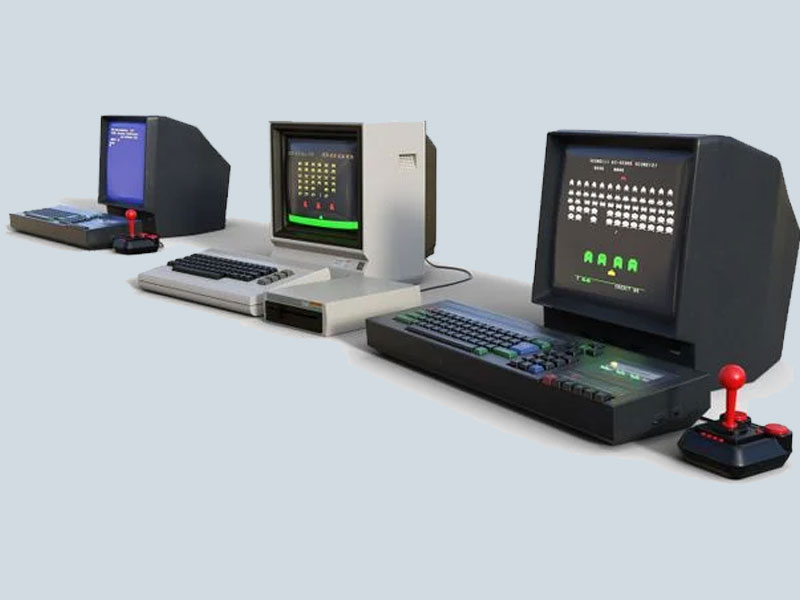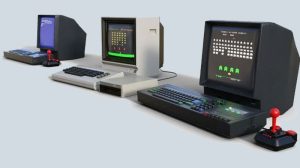The journey of computers, from the massive, room-filling machines of the mid-20th century to the ultra-powerful and quantum marvels of today, is a testament to human ingenuity, curiosity, and relentless pursuit of knowledge. This article is a voyage through time, tracing the evolution of computers, from the ENIAC, one of the earliest electronic computers, to the era of quantum computing, where the boundaries of computation are being pushed to their limits.
The Dawn of Computing: ENIAC
Our journey commences in the 1940s when the Electronic Numerical Integrator and Computer (ENIAC) came to life. ENIAC was a behemoth of a machine, occupying an entire room, comprised of over 17,000 vacuum tubes, and it weighed around 30 tons. It was built to calculate artillery firing tables for the United States Army during World War II. ENIAC was one of the earliest electronic general-purpose computers and marked the birth of the digital age.
The Transistor Era: Miniaturization and Speed
The late 1940s and 1950s saw the rise of transistors, tiny semiconductor devices that replaced the bulky and power-hungry vacuum tubes. This ushered in the second generation of computers, which were smaller, faster, and more reliable. Computers like UNIVAC and IBM’s early models became mainstays in the business world, handling tasks like data processing, payroll, and inventory management.
The Birth of the Microchip: A Computing Revolution
The 1960s and 1970s witnessed the birth of integrated circuits, or microchips. These tiny wonders paved the way for the third generation of computers, reducing the size of machines even further while increasing processing power. Personal computers like the Apple II and the IBM PC made computing accessible to individuals and small businesses.
The Internet Revolution: A Connected World
The advent of the internet in the late 20th century revolutionized the way we use computers. The World Wide Web, created by Tim Berners-Lee, allowed information to be shared and accessed globally. The fourth generation of computers, characterized by increased connectivity and the growth of the internet, brought forth a new era of communication and information sharing.
Quantum Leap: Computing Beyond Binary
Now, we find ourselves at the frontier of computer science, on the cusp of a new era of computing: quantum computing. Traditional computers use bits, which are binary, representing either 0 or 1. Quantum computers, however, use qubits, which can represent 0, 1, or both simultaneously due to the principles of quantum mechanics. This allows quantum computers to perform complex calculations at speeds that are currently inconceivable for classical computers.
Quantum computers have the potential to revolutionize fields such as cryptography, drug discovery, and climate modeling. Companies like IBM, Google, and startups like Rigetti and D-Wave are racing to build practical quantum computers, and significant progress is being made.
The Future of Computing: Quantum Horizons
As quantum computing continues to evolve, it is not the end but the beginning of a new chapter in the story of computers. Quantum computers may unlock new discoveries, solve problems that were previously unsolvable, and transform industries. While it remains a nascent technology with challenges to overcome, the promise of quantum computing is a testament to the undying spirit of innovation that has defined the evolution of computers.
In conclusion, the history of computers is a tale of human innovation, from the colossal ENIAC to the ethereal world of quantum computing. Each stage of this evolution has brought us closer to solving complex problems and unlocking new possibilities. The future holds the promise of even more astonishing developments, where quantum computers may reshape the very fabric of our digital world, paving the way for a future we can hardly fathom today.














Add Comment